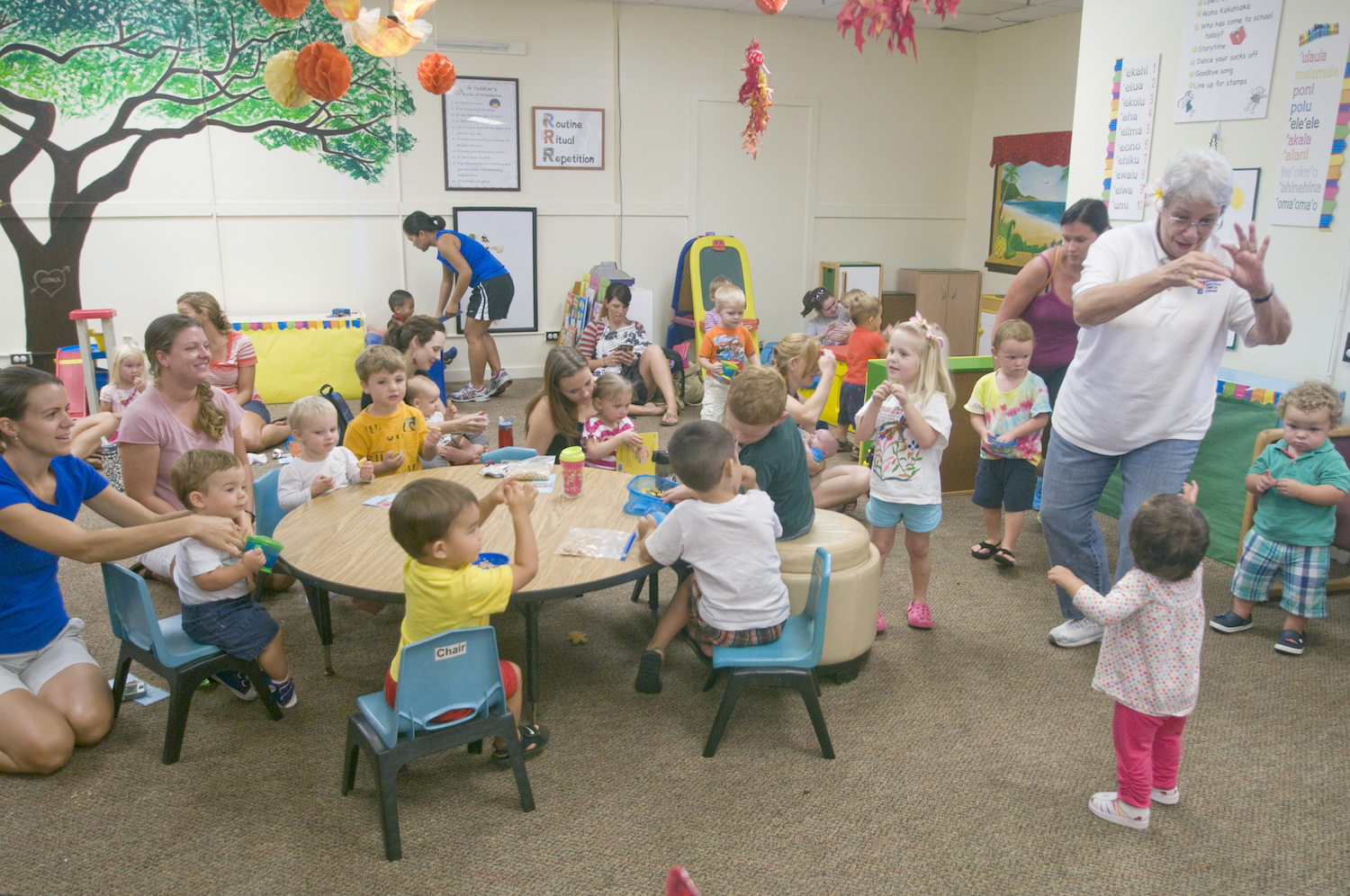Movement
in the Early Years

Movement
in the Early Years
Movement allows children to connect concepts to action and to
learn through trial and error. “If you walk into a good kindergarten class,
everyone is moving. The teacher is moving. There are structured activities, but
generally it is about purposeful movement, “comments Nancy Carlsson-Paige, a
professor emerita of early-childhood education at Lesley University and the
author of Taking Back Childhood, describing the ideal classroom setup. In the
classroom culture she advocates for, “[Kids] are getting materials for an
activity, they are going back and deciding what else they need for what they
want to create, seeing how the shape of a block in relation to another block
works, whether they need more, does it balance, does it need to be higher, is
it symmetrical. All of these math concepts are unfolding while kids are
actively building and moving.”
Research has shown time and again that children need
opportunities to move in class. Memory and movement are linked, and the body is
a tool of learning, not a roadblock to or a detour away from it. Any parent who
has brought home a kindergartener after school, bursting with untapped energy
yet often carrying homework to complete after a seven-hour day, can reasonably
deduce why children today have trouble keeping still in their seats. Many
children are getting 20-minute breaks, or none. Recess, now a more frequent
topic of research studies, has been found to have “important educational and
developmental implications.” Schools that have sought to integrate more
movement and free play, such as short 15-minute recess periods throughout the
day, have seen gains in student attention span and instructional time. As
Carlsson-Paige points out, “Recess is not a separate thing in early-childhood education.”
“Children need opportunities to move in class.” Ben Mardell, a
professor of early-childhood education at Lesley University and the project
director of the Pedagogy of Play initiative at Harvard’s Project Zero, observes
that even when adults do incorporate play into learning, they often do so in a
way that restricts free movement and agency. “The idea that there should be
formal instruction makes it no longer play,” says Mardell. “In play the player
is choosing to participate, choosing a goal, and directing and formulating the
rules. When there is an adult telling the kids, ‘This is what we are supposed
to do,’ many of the important developmental benefits of play get lost.”
The role of play has been established not just as a part of
learning, but as a foundation for healthy social and emotional function. The
National Association for the Education of Young Children has published widely
circulated position papers on the need for developmentally appropriate teaching
practices and for reversing the “unacceptable trends in kindergarten entry and
placement” that have been prompted largely by policy makers’ demand for more
stringent educational standards and more testing. Some teachers are enacting changes, seeking ways
to bring movement back into the classroom.
Play-based preschools are seeing increased popularity.
Enrichment programs engaging children in movement with intention (yoga, meditation,
martial arts) are also gaining traction.
Enjoy,
Ms. Nora Sierra
EC Assistant Principal
No comments:
Post a Comment